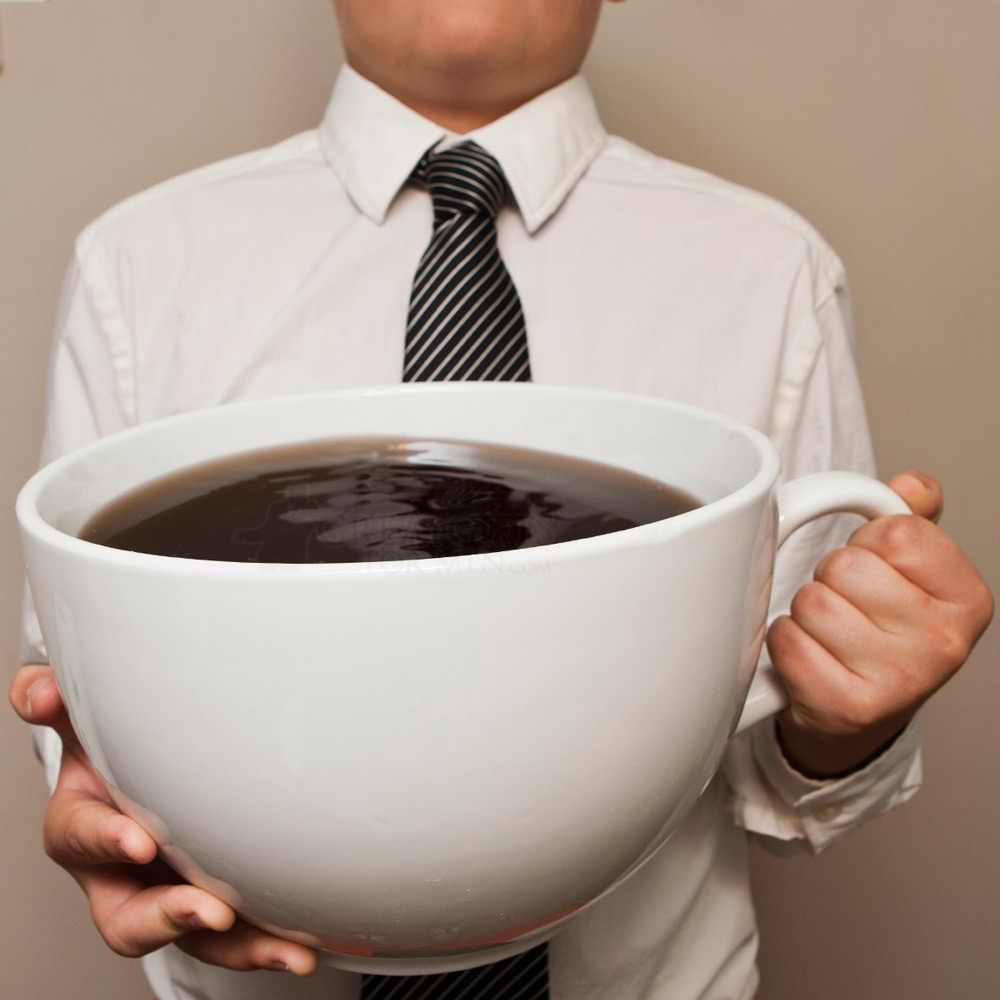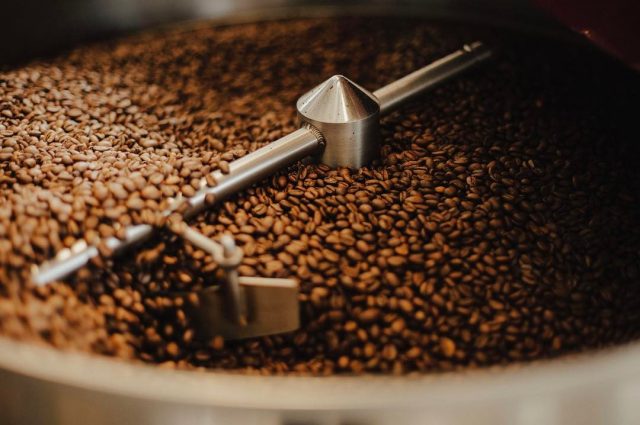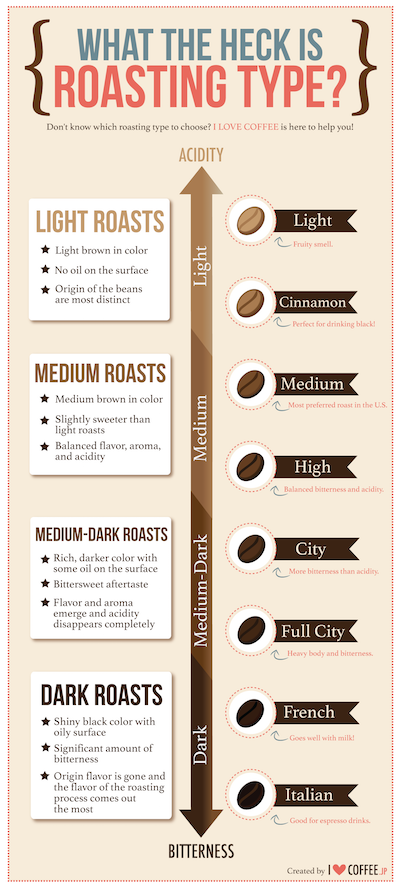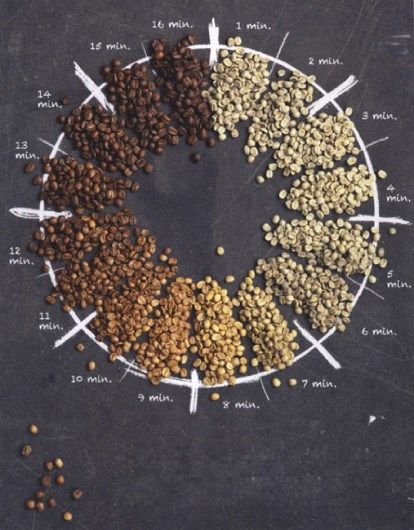Coffee Beans And Roasts: The Art of Making A Good Cup Of Coffee
The Art of Making A Good Cup Of Coffee
Who doesn’t need a good cup of coffee to get going in the morning?
And, seems like you are quite happy to drink whatever brews the cappuccino machines in the office are dispensing.
As long as it’s hot, it smells like coffee, does give you the necessary head rush to start your day, that’s all you need.

Who doesn’t need a good cup of coffee in the morning?
Coffee Roasts from Light to Dark
So, it may astonish you to realize exactly how many different types and origins of coffee there are out there.
Some people devote their entire careers to coffee tasting to find the perfect blend of coffee beans to create just the right taste.
These professional tasters are called cuppers and really know their coffee.
Centered on the equator, a band twenty-five degrees to the north and south houses the seventy countries where coffee beans are grown.
From South America and the Caribbean to Africa and the Middle East, this strip around the center of the globe provides just the right conditions for coffee plantations to thrive.
Why Roast Coffee?
Roasting brings out the aroma and flavor that is locked inside the green coffee beans.
Beans are stored green, a state in which they can be kept without loss of quality or taste.
A green bean has none of the characteristics of a roasted bean — it’s soft and spongy to the bite and smells grassy.
Roasting causes chemical changes to take place as the beans are rapidly brought to very high temperatures.
When they reach the peak of perfection, they are quickly cooled to stop the process.
The Science of Coffee Roasting
High-quality roasted coffee: Roasted beans smell like coffee, and weigh less because the moisture has been roasted out.
They are crunchy to the bite, ready to be ground and brewed.
Once roasted, however, they should be used as quickly as possible before the fresh roast flavor begins to diminish.

Everything You Need to Know About Coffee Beans
Each country, and sometimes each area within the same country, produces beans with their own special characteristics to produce distinctive flavors.
The two main divisions of coffee beans are Arabica and Robusta.
Robusta is the more potent of the two, with double the amount of caffeine.
The Arabica beans have more taste and a pleasing fragrance, making them suitable for superior quality blends.
The Arabica bean is split again into two categories.
The higher quality Milds are grown at over three thousand feet, the perfect altitude for coffee growth.
Brazils, not surprisingly a product of Brazil, are grown in larger quantities, at lower altitudes, on the many large plantations of the area.
Roasting Coffee Beans – An Art and A Science
Proper roasting of coffee bean takes years of training. It takes time and experience to become an expert roaster with the ability to “read” the beans and make decisions with split-second timing.

It is only a matter of seconds the difference between perfectly roasted coffee and a ruined batch.
The perfect roast is a personal choice that is sometimes influenced by national preference or geographic location.
Know What Coffee Are You Drinking
By mistake, coffee drinkers assume that the strong, rich flavor of darker roasts indicates a higher level of caffeine, while the truth is that light roasts actually have a slightly higher concentration.
When seeking the perfect coffee, most people choose ready roasted beans, although it is possible to buy the soft, green beans and roast them yourself.
The Difference Between Light, Medium, And Dark Roast Coffee
There are a number of categories of roast of coffee, from the light or cinnamon roast, which is strong and acidic, to the dark or city roast, a less bitter sweeter category, often used for espresso.
Light roasts
Light brown in color, this roast is generally preferred for milder coffee varieties. There will be no oil on the surface of these beans because they are not roasted long enough for the oils to break through to the surface.
Medium roasts
This roast is medium brown in color with a stronger flavor and a non-oily surface. It’s often referred to as the American roast because it is generally preferred in the United States.
Medium dark roasts
Rich, dark color, this roast has some oil on the surface and with a slight bittersweet aftertaste.
Dark roasts
This roast produces shiny black beans with an oily surface and a pronounced bitterness.
The darker the roast, the less acidity will be found in the coffee beverage.
Dark roast coffees run from slightly dark to charred, and the names are often used interchangeably — be sure to check your beans before you buy them!
In between is the medium or American roast, the standard used for everyday drinking and extremely popular.

Two other varieties of European roast are the full-bodied French roast, and the very dark Italian roast, used in specialty espressos.
Both of these are dark roasts and so the resulting brews are less acidic and sweeter than your average cup.
The longer roasting process allows the sugars in the bean to caramelize and much of the bitter caffeine to burn away.
Coffee Roasts from Light to Dark
When next time you reach for a cup of the strong stuff to wake you up in the morning, take a minute to find out what goes into your coffee makers.
Maybe consider what you really want in a coffee and spend some time looking for your perfect roast from light to dark.
Coffee Beans And Roasts: The Art of Making A Good Cup Of Coffee





